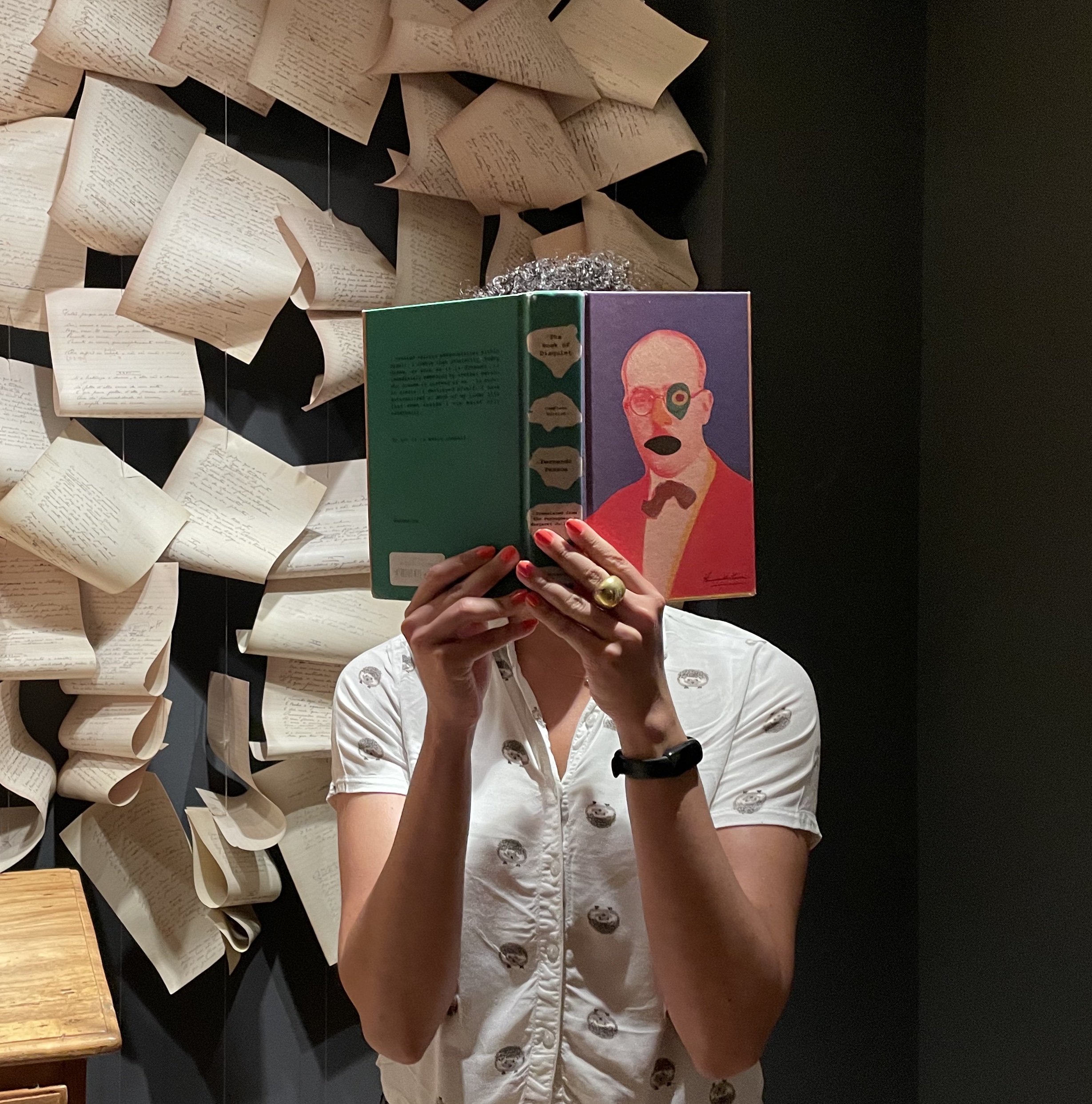The banana plant that thrashed outside my lover’s window
seemed unreal. Our hours together felt like a dream:
how he nudged a spider up the shower tile
with a cupped hand, unwilling to hurt anything
alive. How unlike me, watching the slow turn
of the ceiling fan, wondering whose stanza I’d slipped
into. Once, I could see how badly he wanted me
to say something honest. My constellation of facts
could not parry his grief. The tide is low / The limes
are ripe / I saw a cauliflower jellyfish today. The sea
we shared, a surface I could not bear to speak past.
I used my words. I wove a net of truth and cast it
between us. And when it rained, I listened
to the banana leaves, believing I could hear their color.
Stephanie Niu is a poet and writer from Marietta, Georgia. She is the author of I Would Define the Sun, which won the inaugural Vanderbilt University Literary Prize, and chapbooks Survived By and She Has Dreamt Again of Water. She lives in Brooklyn, New York.



